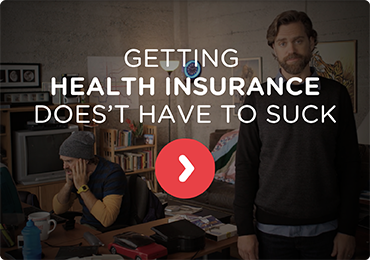One of the original 13 colonies and home to the Liberty Bell and Independence Hall, Pennsylvania has a rich history to match its vast national forests and farmland. Once a Republican-leaning state, Pennsylvania has recently become competitive during national elections. Urban areas like Philadelphia and Pittsburg tend to be left-leaning, while the rural parts of the state are Republican strongholds. Pennsylvania was one of the states to challenge Obamacare, but it also expanded Medicaid under the program’s guidelines.
Enrollment Through the Years
Pennsylvania residents can enroll in Obamacare through the federal marketplace. Since 2015, the state has seen a considerable decline in the number of Obamacare enrollees.
- 472,697 Pennsylvanians enrolled in 2015
- 439,238 Pennsylvanians enrolled in 2016
- 426,059 Pennsylvanians enrolled in 2017
Despite the overall decline, 116,525 new enrollees were added in 2017 while 309,534 residents re-enrolled for the year. More than half of Pennsylvania enrollees are over the age of 50, with the 55-64 age demographic seeing the largest number of enrollees.
Pennsylvania has also benefited from Medicaid expansion, which was implemented by former Gov. Tom Corbett in 2014 using a Section 1115 waiver. However, current Gov. Tom Wolf announced that the state would move from the waiver-based expansion to an SPA program. This transition affected newly eligible adults aged 21-64 with incomes up to 138 percent of the federal poverty level. To date, about 751,000 people have enrolled in the state’s Medicaid program due to expansion.
Cost Assistance
Residents of Pennsylvania can receive cost assistance for Obamacare if they are under 65 and have an annual income between 100 percent and 400 percent of the federal poverty level. These residents may receive a tax credit that helps them pay their monthly premiums. Pennsylvania also provides cost-sharing subsidies for those who earn up to 250 percent of the FPL. In 2017, 80 percent of Pennsylvania residents who enrolled in a marketplace plan received subsidies, and cost-sharing discounts were awarded to 55 percent of enrollees.
Carrier Participation & Plan Availability
Eight carriers are currently available to Pennsylvanians seeking insurance coverage through the marketplace in 2017. The number of carriers for 2018 is not yet known, but it is expected to be more than three. There were 782 health care plans available in 2017, which gave enrollees an array of choices when selecting the best plan. Note that plan availability does vary by county, and not every customer has access to the same plans.
Note: The information provided on this page is constantly being updated with the latest statistical data available. Check back soon for updates.







